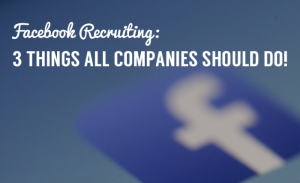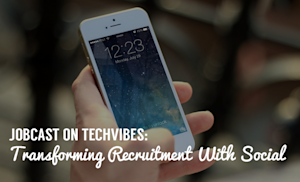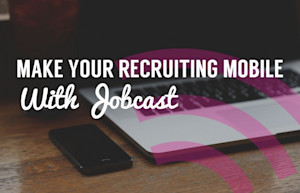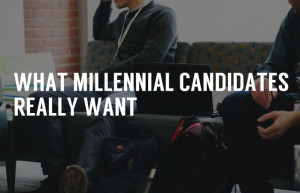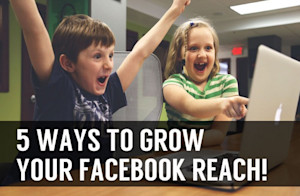June 22
If you’re like the majority of HR professionals and recruiters that we meet, then you’ve recently taken on the task of social recruiting.In today’s candidate-driven market, more companies than ever have turned to social in order to broaden their candidate attraction strategy.Learning how to effectively and consistently attract qualified candidates via social media is the contemporary HR struggle.And the struggle is real!If you, like so many of the people that reach out to us, are struggling to make social recruiting work then these tips are for you.5 Key Success Factors for Attracting Candidates on Social MediaThese are the best practices that we see contribute most to our clients’ achieving their social recruiting goals time and …Read More


